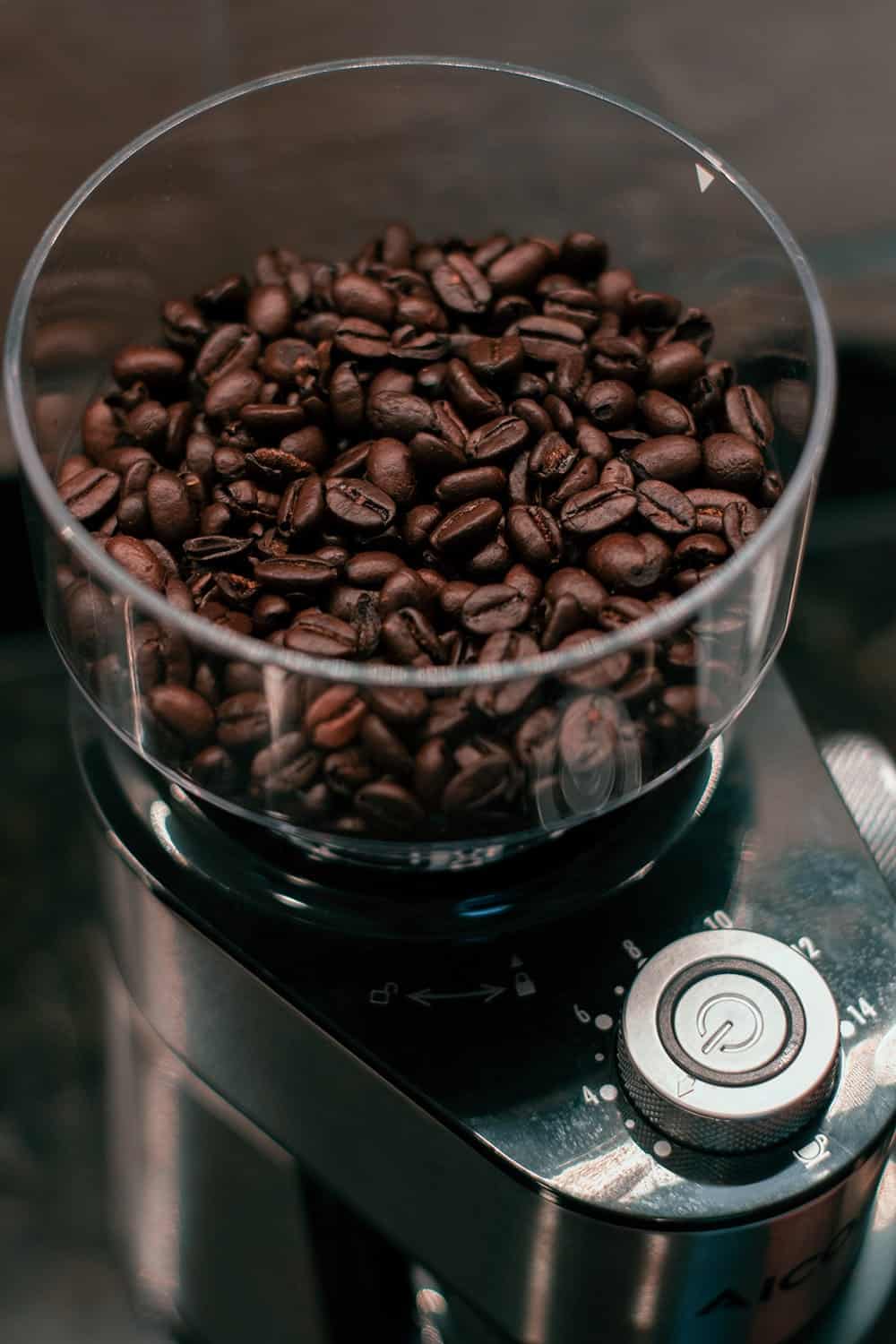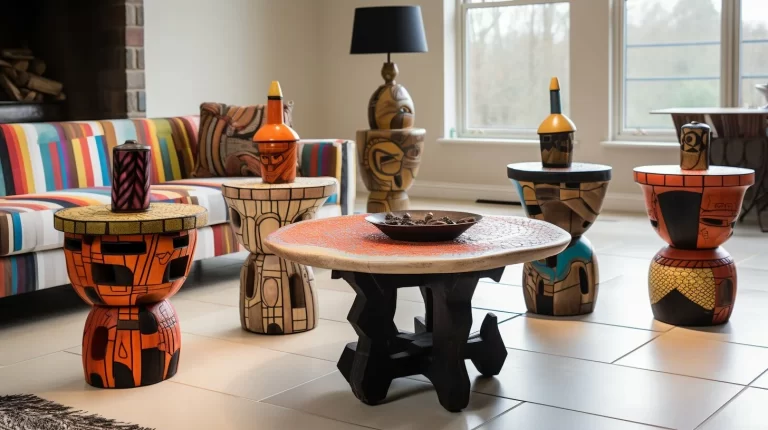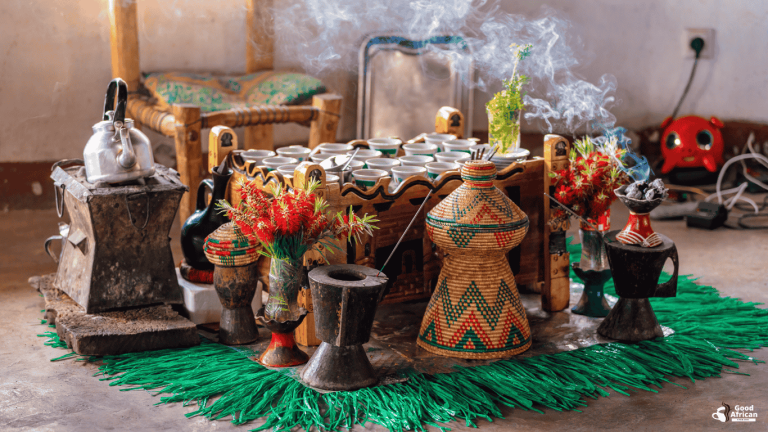African coffees can be deliciously addicting from one sip to the next. Whenever I taste them, I’m drawn into the life of a remote mountainside, its local market, and a rainforest across a deep ocean.
These 10 African coffees stand out on this page because they are, in my opinion, the most outstanding of their kind.
They are worth discovering, and I want you to discover them with me. Let’s start!
Ethiopian Yirgacheffe
I have tasted buttery lemon curd, sweet honeysuckle, ripe peach, and citrusy fruits here in one sip.
Usually grown on small family plots in the highlands of southern Ethiopia, they are picked by hand and processed by traditional methods. These african coffee bean methods have been developed over hundreds of years. Flowery and citrusy flavors are typical of the various Yirgacheffes.
The country produces about 8 million bags (60kg each) in 2023, making it the third-largest Arabica producer in the world. Yirgacheffes almost always have a cupping score above 86.
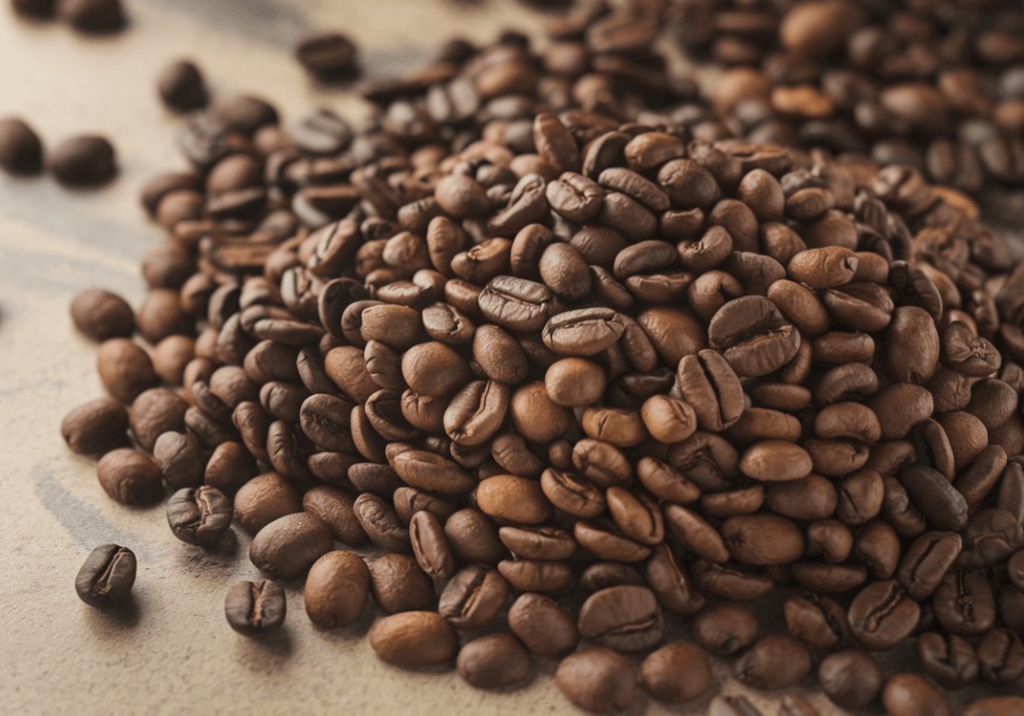
Kenyan SL 28 & SL 34
Kenya’s treasured SL 28 and SL 34 marry both fruit depth and a silky (‘Iberian’) finish very well. It is no surprise to find them now far and wide, and famed among roasters and cafés alike.
SL 28 and SL 34, carefully cultivated at altitudes of 4,500-6,500ft on Kenya’s mineral-rich volcanic slopes, absorb the complex flavors of the soil and processing.
Sip and enjoy the juicy notes of blackcurrant, grapefruit, and savory tomato. Here’s one of the reasons why every harvest these Kenyan coffees score in the high 80s.
Kenya is a major coffee producer worldwide african coffee bean, and it accounts for some 50 million kilograms (about a third of its domestic production) every year. Half this amount is SL 28 and SL 34, its best coffees.
Ethiopian Heirlooms
Ethiopian Heirlooms are coffee varieties that survived centuries of natural bean crossing, resulting in flavor ranges so diverse. Ethiopian Heirlooms represent coffee’s varietal roots.
Unlike modern hybrids, Heirlooms are old strains that are passed from generation to generation in Ethiopia, with subtle and uncontrolled pollination giving each bean slightly different genetics and tastes.
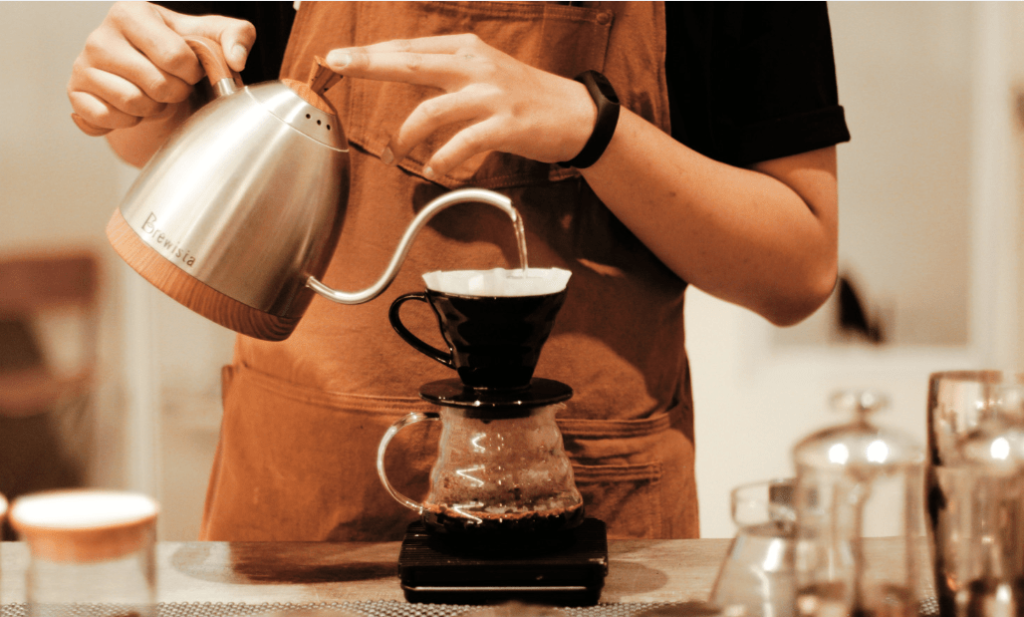
Heirlooms are capable of exhibiting almost any note you’d like in your cup, from bergamot to blueberry, honey to chocolate; they’re so layered in complexity that I’m still boggled by them.
Though not a unified variety, Ethiopian Heirlooms give us a tangible taste of coffee’s incomprehensible range of flavors, and they’re a living, vital component of coffee’s genetic past.
Kenyan AA
The notes for Kenya AA could be elegant and relaxed but with authority and complexity. AA designates the largest, highest-grade beans, picked from the plant by hand on small farms dotted across Kenya’s hills. It’s taken through gentle processing and grows at altitudes up to 1,700 meters in fertile soil.
When you sip, taste the juicy flavors of blackcurrant, raspberry, and citrus, then a bright, spirited acid. You can understand its wide appeal. Kenya AA.
Tanzanian Peaberry
Tanzania’s full-bodied peaberry beckons with its chocolatey depth And then there’s the tantalizing romance of the peaberry.
These rare beans grow when a coffee cherry produces a single bean with an oval shape rather than two flatter sides. The roundness of the peaberry gives it seductive plumpness.
Peel back its dark, cocoa-dusted crust, and the real seduction begins: lush layers of chocolate, toasted hazelnut, and brown sugar. There’s a carnal velvety finish.
Tanzania’s quality surpasses its quantity rarity since Tanzania’s average yield is lower than that of its neighbors. Peaberry beans are a quality gift for gourmet coffee lovers.
Rwandan Bourbon
Generously nuanced with chocolate beneath, elegant high-grown Rwandan Bourbon is for coffee lovers.
Beans are grown in the thousands of fertile hills of Rwanda at heights of up to 2,300 meters in rich volcanic soil and cool climate. They are lovingly grown by farmers.
Let brown sugar, milk chocolate, and toasted pecan sing in the glass. Acidity is completely unnoticed in deference to a massive, round mouthfeel that does nothing but linger.
Coffee may be the anchor of the economy in Rwanda, but the Rwandans are more concerned with quality than quantity. The meticulous methods that produce Rwanda’s Bourbons demonstrate this.
South African Arabicas
Small-scale yet promising, South Africa’s high-grown Arabicas showcase flavor potential as a nascent origin.
Fed on misty mountain air, rainfall, and volcanic-enriched soil, Arabicas grown on South Africa’s forested slopes show real promise.
Mild milk chocolate and nut on the palate but balanced and lifted by crisp acidity – caramel apple and tart cherry. An unforgettable tasting experience from another region you are likely to be hearing a lot more about.
Ugandan Bugisu
The Bugisu beans from Uganda, grown high on the slopes of Mount Elgon, produce a luminous, sublime cup.
In Eastern Uganda’s mountainous highlands, where farmers, planting Arabica vines hundreds of years ago, built the traditions that continue today, we can produce specialty-grade beans.
Sip its honey that tastes like wildflowers, with hints of roasted almond and cocoa powder at midpalate, a bit of acid, and a lemon zest finish.
It’s the attention to quality — not the quantity — that most define Ugandan coffee.
Cameroonian Arabica
Cameroon offers a good mix of tropical fruit and cocoa, with a smooth, well-balanced body for an approachable cup.
Grown on volcanic highland plantations in Cameroon, the distinctive flavors of Arabica beans are complemented by the region’s moderate climate, rich soils, and heavy rains, alongside careful processing.
Let wildflower honey, mixed berries, and bittersweet cocoa mingle in your cup.
Output may be modest by comparison with neighbors, but Arabica accounts for around 90 percent of the 120,000 annual tons produced in Cameroon. And investment in quality is bringing more specialty exports.
Zimbabwean AA
With chocolate notes and a crisp, clean finish, Zimbabwe’s AA Arabica is a bean worth seeking out.
In the remote eastern highlands above 1,400 meters, Zimbabwe’s smallholder farmers nurture these top-grade beans in the optimal climate. Though output is smaller, the focus on quality is evident.
Sip the AA’s creamy body offering hints of toasted pecan, cocoa powder, and light brown sugar. An understated yet deeply satisfying experience.
Final Thoughts
Experimenting with new varieties of African coffee is an adventure for our palates. There is a story behind the cups we drink.
No matter your taste preferences, there are always African coffees waiting to be uncovered, with more diversity than anyone could ever experience in a lifetime.
FAQs
How were coffee cultivation methods in Africa developed?
Over countless generations, African farmers learned which varieties thrived on their land and perfected techniques like intercropping and managed shade cover to nurture the sensitive coffee plant. This accumulated knowledge was passed down over centuries, shaping the growing practices we see across Africa’s coffee-producing countries today.
What role has colonialism played in Africa’s coffee history?
Unfortunately, colonial powers exploited Africa’s superior coffee resources for centuries. But local ingenuity and knowledge survived, as dedicated growers continued nurturing ancient heirloom varieties using time-honored methods. Today’s vibrant coffee scene shows that Africa’s farmers persevered despite colonization.
Why do nutritional details vary between African coffees?
Soil chemistry, altitude, rainfall, processing methods, and bean variety all impact the nutritional values of African coffees. For instance, beans from volcanic regions often have higher mineral content, while wet-processed coffees retain more anti-oxidants. This variation means each origin offers a unique nutritional profile.

